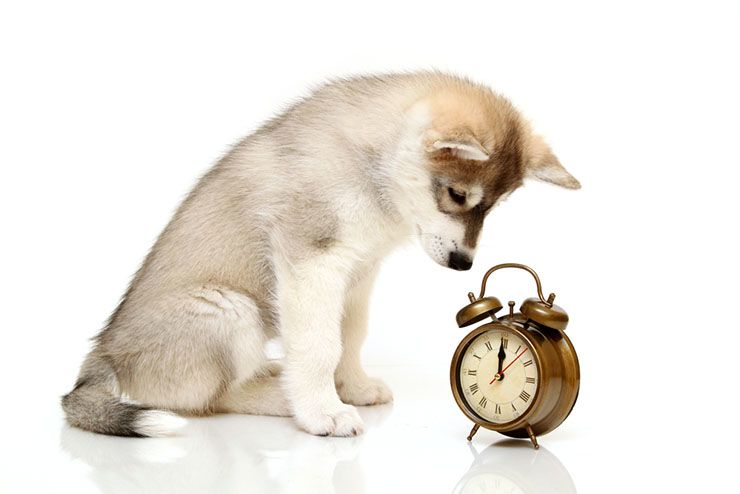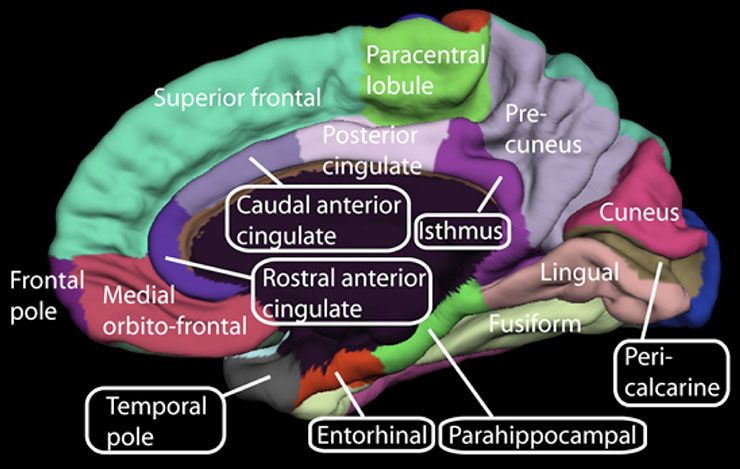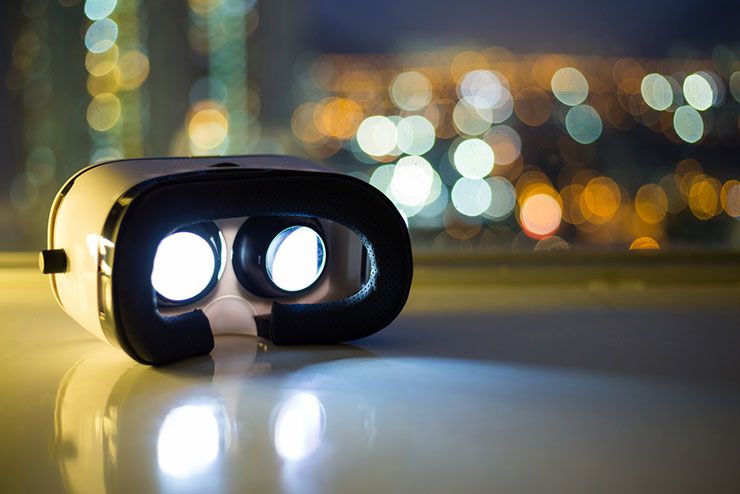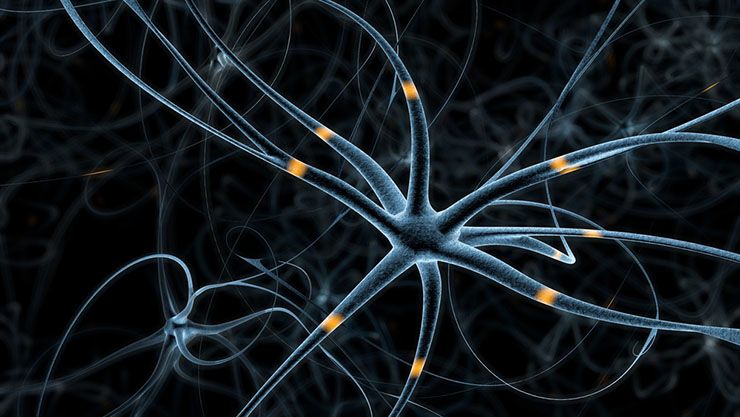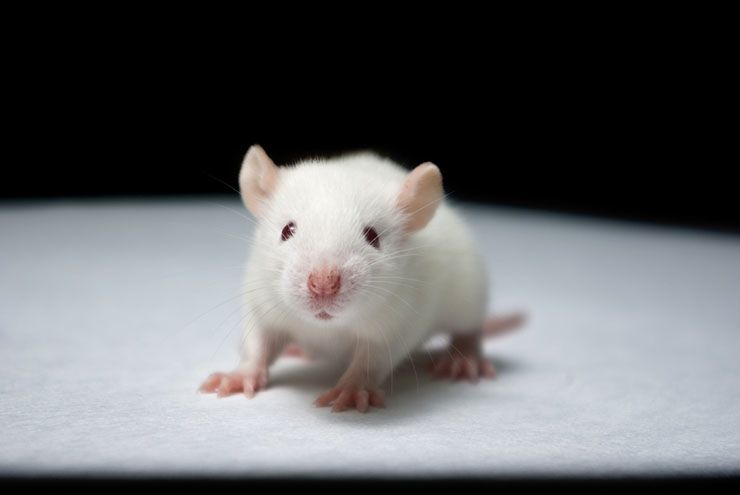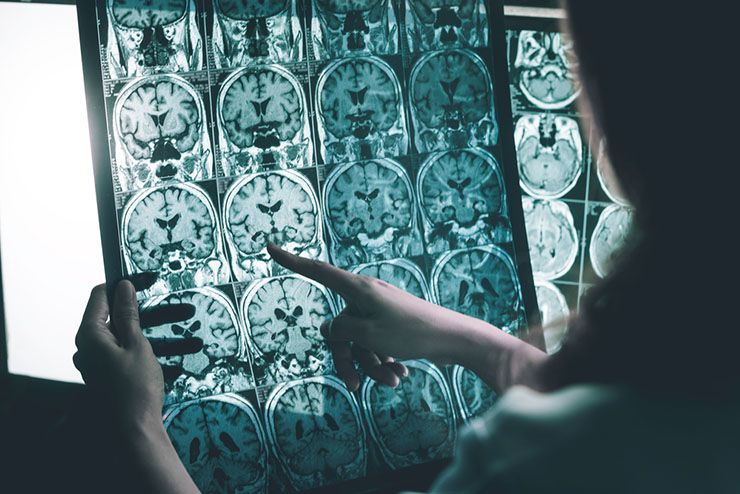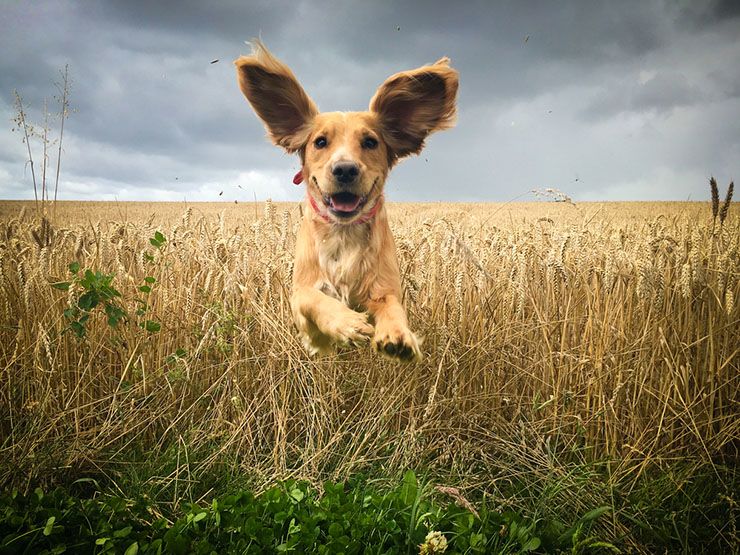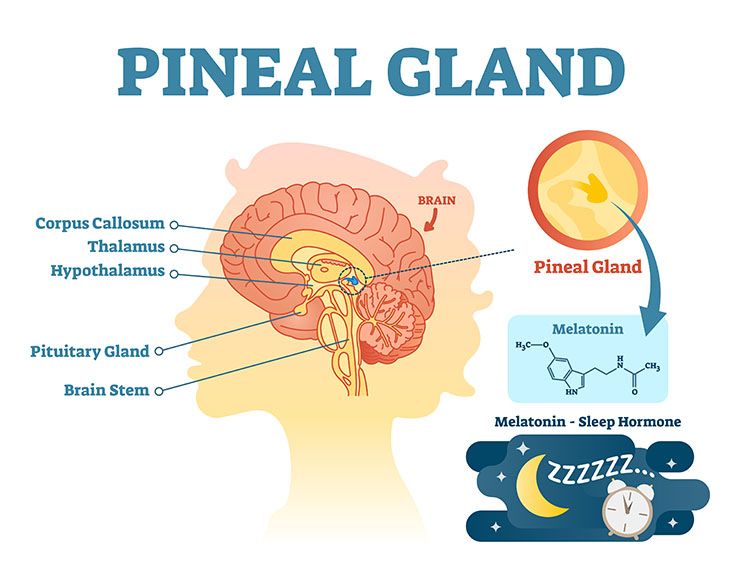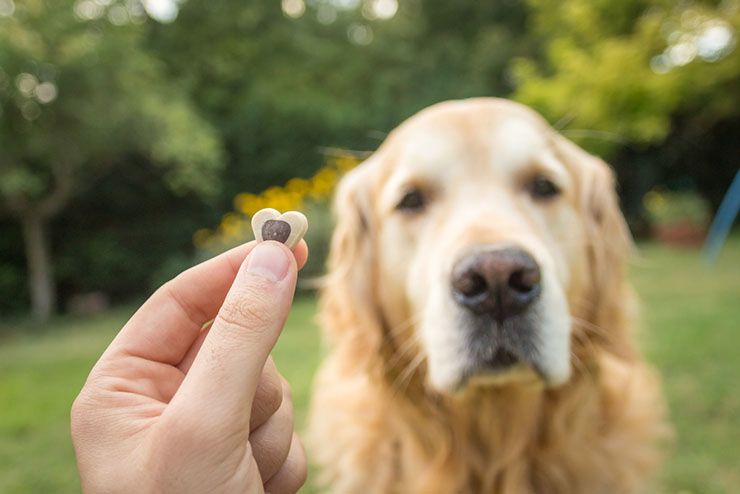Many people may be wondering if their pet can tell time. While some dog owners are certain that their dog does have a concept of time, based upon knowing when it’s time to eat every day, other owners are skeptical.
In a recent study by Northwestern University, researchers found some of the clearest evidence that animals can tell time. Here’s what the study published in the journal Natures Neuroscience showed.
Timing Cells
If you’ve ever noticed that your dog knows exactly what time it eats every day, you’re not imagining it. They may even go as far as to cry or pant when they know it’s dinner time. Well, it turns out that this new study finds ‘timing cells’ in the brain that may underlie an animal’s inner clock.
Daniel Dombeck
Daniel Dombeck, an associate professor of neurobiology in Northwestern’s Weinbeg College of Arts and Sciences led the study. He asked, “Does your dog know that it took you twice as long to get its food as it took yesterday? There wasn’t a good answer for that before.” By examining the brain’s medial entorhinal cortex, researchers discovered a previously unknown set of neurons that turn on like a clock when an animal is waiting to be fed.
Measuring Time Intervals
“This is one of the most convincing experiments to show that animals really do have an explicit representation of time in their brains when they are challenged to measure a time interval,” Dombeck said. When planning the study, Dombeck’s team focused on the medial entorhinal cortex.
Entorhinal Cortex
The entorhinal cortex is the gateway for information entering and leaving the hippocampal formation. This formation plays a crucial role in learning, memory, and spatial navigation. Because the entorhinal cortex focuses on encoding spatial information in episodic memories, Dombeck hypothesized that the area could also be responsible for encoding time.
Episodic Memories
“Every memory is a bit different,” said James Heys, a postdoctoral fellow in Dombeck’s laboratory. “But there are two central features to all episodic memories: space and time. They always happen in a particular environment and are always structured in time.” To test their hypothesis, Dombeck and Heys set up an experience they called the virtual “door stop” task.
Door Stop Task
This study involved mice, rather than dogs, and in the experiment, a mouse ran on a physical treadmill in a virtual reality environment. The mouse learned how to run down a hallway to a door that was located halfway down the track. Then, after six seconds, the door opened, allowing the mouse to continue down the hallway to receive its reward.
Mice Encoding Time
After the mouse ran during several training sessions, researchers made the door invisible in the virtual reality scene. In this new scenario, the mouse still knew where the now-invisible door was located. It’s believed that he knew this based on the floor’s changing textures. Even though the door was no longer there, the mouse still waited six seconds at the “door” before abruptly racing down the track to receive its reward.
Virtual Reality
“The important point here is that the mouse doesn’t know when the door is open or closed because it’s invisible,” said Heys. “The only way he can solve this task efficiently is by using his brain’s internal sense of time.” By using virtual reality in this experience, Dombeck and his team were able to control potentially influencing factors, like the sound of the door opening.
Invisible door
“We wouldn’t be able to make the door completely invisible in a real environment,” Domback said. “The animal could touch it, hear it, smell it or sense it in some way. They wouldn’t have to judge time; they would just sense when the door opened. In virtual reality, we can take away all sensory cues.”
Imaging of The Brain
Instead of just watching the mice complete the door stop task over and over again, the team took the experiment one step further. By imaging the mice’s brain activity using two-photon microscopy, which allows advanced, high-resolution imaging of the brain, Dombeck and Heys watched the mice’s neurons fire.
Spatial Encoding
“As the animals run along the track and get to the invisible door, we see the cells firing that control spatial encoding,” Dombeck said. “Then, when the animal stops at the door, we see those cells turned off and a new set of cells turn on. This was a big surprise and a new discovery.”
Timing Cells
Dombeck did note that these “timing cells” didn’t fire during active running, only during rest. “Not only are the cells active during rest,” he said, “but they actually encode how much time the animal has been resting.” But besides learning about encoding time in mice, the study could help uncover things about humans as well.
Neurodegenerative Diseases
Now that researchers have found these new time-encoding neurons, they can study how neurodegenerative diseases might affect this set of cells. “Patients with Alzheimer’s disease notable forget when things happened in time,” Heys said. “Perhaps this is because they are losing some of the basic functions of the entorhinal cortex, which is one of the first brain regions affected by the disease,” Heys added.
Alzheimer’s Disease
“So this could lead to new early-detection tests for Alzheimer’s,” Dombeck said. “We could start asking people to judge how much time has elapsed or ask them to navigate a virtual reality environment- essentially having a human do a ‘door stop’ task.” While you still may be wondering if an experiment involving a mouse affects your dog, it most certainly does.
‘Does My Dog Miss Me?’
Dog owners may also be curious to know if their dog misses them when they are out of the house. While the dogs’ reaction when their human returning home is pretty telling, oftentimes, our pets are more excited to see us if we were away from home for a while. If we are only gone from our pets from an hour or two, they will definitely be excited to see us again, but not as enthused if we were gone for one week.
How Dogs Perceive Time
To understand how dogs perceive time, we must look at the dog’s brain. Both dogs and humans have a pineal gland, a small bit of tissue that is responsible for the production, distribution, and regulation of hormones. This pineal gland can be responsible for how humans and dogs perceive time.
Pineal Melatonin
This gland produces the hormone melatonin, which affects a dog’s concept of time. In many animals, melatonin from the pineal gland is essential for the regulation of the body’s seasonal biology (e.g. coat growth, reproduction, and behavior) in response to changing day length. While the importance of pineal melatonin in human biology is not clear, it may help to synchronize circadian rhythms in various parts of the body.
Circadian Rhythms
Although dogs cannot read clocks, their circadian rhythms help them associate different parts of the day with certain activities. For example, if you feed and walk your dog at the same time every single day, it will become anticipated and habitual. Dogs may even begin to associate a certain amount of sunlight with a bowl of food. These habits are also evident in their training and what you’ve taught them over time.
Telling Time
But when it comes to telling time, the main difference between humans and dogs is that humans have the ability to “construct artificial measures of time such as the second, minute, and hour,” as written in Hello Nuzzle. Dogs have a different type of episodic memory and they are able to be trained based on past events as well as taught to anticipate future ones based on previous experiences.
Time Spans
Humans can pinpoint exactly when something happened in the past through relation to other events, while dogs can only discern the amount of time passed since an event happened. The longer you’re gone, the happier your dog will be to see you when you return home. This confirms that dogs are able to recognize and respond to different time spans.



